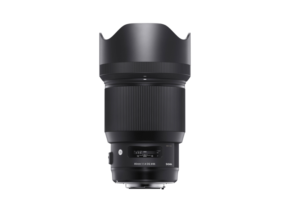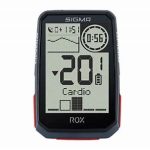The SIGMA Art Lens is an excellent lens for taking photos of art, so long as you follow the instructions. With this guide, you can learn how to attach and adjust the lens during use as well as operate the gadget safely.
Manufactured by SIGMA




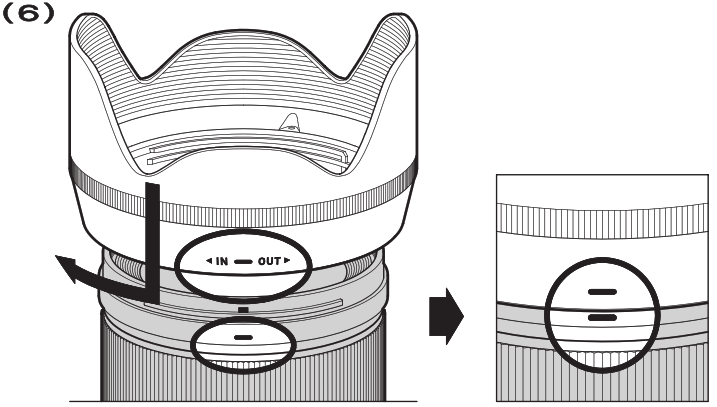
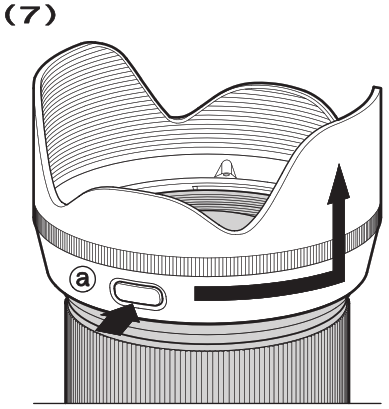
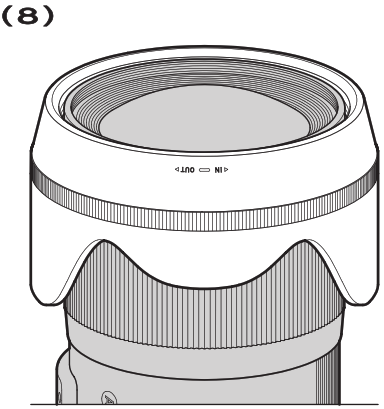
Thank you very much for purchasing a Sigma Lens. In order to get the maximum performance and enjoyment out of your Sigma lens, please read this instruction booklet thoroughly before you start to use the lens.
SAFETY PRECAUTIONS
Do not look directly at the sun, through the lens. Doing so can cause damage to the eye or loss of eyesight. Do not leave the lens in direct sunlight without the lens cap attached, whether the lens is attached to the camera or not. This will prevent the lens from concentrating on the sun’s rays, which may cause a fire. The shape of the mount is very complex. Please be careful when handling it so as not to cause injury.
DESCRIPTION OF THE PARTS
| 1. Filter Attachment Thread | 5. Iris ring |
| 2. Focus Ring | 6. Iris ring click switch |
| 3. Focus Mode Switch | 7. Mount |
| 4. AFL button | 8. Lens Hood |
ATTACHING TO THE CAMERA BODY
Please refer to the camera’s instruction manual for details on how to attach it to or detach it from the camera body.
- On the lens mount surface, there are electrical contacts. Please be careful with their handling as scratches or dirt on them could cause malfunctions or damage.
FOCUSING
For autofocus operation, set the focus mode switch on the lens to the “AF” position (fig.2). If you wish to focus manually, set the focus mode switch on the lens to the “MF” position (fig.3). You can adjust the focus by turning the focus ring.
Please refer to the camera’s instruction manual for details on changing the camera’s focusing mode.
AFL BUTTON
It is possible to cancel autofocus by pressing the AFL button while the AF is operating (AF lock / AF stop function) (fig.4).
- With some cameras, the AFL button does not work.
- Some camera bodies can customize the function of the AFL button, so please check the details of the camera’s instruction manual.
IRIS RING
It incorporates an iris ring that is useful to adjust the aperture value during Aperture Priority Auto mode and Manual Exposure mode.
- With some cameras, the iris ring does not work.
- Check the camera’s instruction manual for how to adjust exposure.
IRIS RING CLICK SWITCH
It is possible to select to activate/deactivate the click of the iris ring, and this function would be effective for movie shooting. To deactivate the click of the iris ring, set the switch to “OFF” (fig.5).
LENS HOOD
The lens hood helps to prevent flare and ghost images caused by bright illumination from outside the picture area. Attach the hood and turn clockwise until it stops rotation (fig.6). To detach the hood, turn counter-clockwise while pushing the button until it stops rotating (fig.7).
- When not in use, the lens hood can be attached upside-down (fig.8).
FILTER
Only one filter should be used at a time. Two or more filters and/or special thicker filters, like a polarizing filter, may cause vignetting. When using a polarizing filter with AF camera, use the “circular” type.
FLASH PHOTOGRAPHY
The camera’s built-in flash will cause barrel shadow if used with this lens. For best results, please only use an external flash unit.
BASIC CARE AND STORAGE
- Avoid any shocks or exposure to extremely high or low temperatures or to humidity.
- For extended storage, choose a cool and dry place, preferably with good ventilation. To avoid damage to the lens coating, keep away from mothballs or naphthalene gas.
- Do not use thinner, benzene, or other organic cleaning agents to remove dirt or fingerprints from the lens elements. Clean by using a soft, moistened lens cloth or lens tissue.
- This lens benefits from a dust and splash-proof construction. Although this construction enables the lens to be used under light rain, it is not the same as being waterproof. Please pay attention to prevent a large amount of water from splashing on the lens, especially when using it by a waterside. It is often impractical to repair the internal mechanism, lens elements, and electric components if damaged by water.
- Sudden temperature changes may cause condensation or fog to appear on the surface of the lens. When entering a warm room from the cold outdoors, it is advisable to keep the lens in the case until the temperature of the lens approaches room temperature.
TECHNICAL SPECIFICATIONS
| Lens construction | 17-Dec | Magnification | 01:05.1 |
| Angle of View | 63.4° | Filter Size | 82mm |
| Minimum Aperture | 16 | Dimensions | 87.8 x 136.2mm |
| Minimum Focusing | 30cm | Dia. x Length | (3.46 x 5.36 in) |
| Distance | (0.98ft) | Weight | 1090g (38.45oz) |
- Dimensions and weight include the L-Mount.
- The glass materials used in the lens do not contain environmentally hazardous lead and arsenic.

The CE mark is a Directive conformity mark of the European Community (EC)
SIGMA (Deutschland) GmbH Carl Zeiss Str. 10/2, D 63322 Rödermark, F.R.GERMANY
Sales: 06074 / 865 16 0 Service: 06074 / 865 16 65 Support: 06074 / 865 16 88

This device complies with Part 15 of the FCC Rules. Operation is subject to the following two conditions: (1) this device may not cause harmful interference, and (2) this device must accept any interference received, including interference that may cause undesired operation.
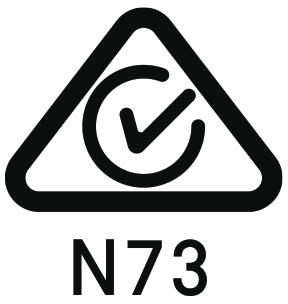

Disposal of Electronic Equipment
Disposal of used Electrical & Electronic Equipment (Applicable in the European Union and other European countries with separate collection systems)
This symbol indicates that this product shall not be treated as household waste. Instead, it shall be collected separately for the recycling of electrical and electronic equipment.
If the new products are purchased, this product might be handed over to the distributor or the collection system of waste electrical and electronic equipment eventually.
By ensuring this product is disposed of correctly, you will help prevent potential negative consequences for the environment and human health, which could otherwise be caused by inappropriate waste handling of this product or components of this product.
If this product is disposed of illegally, it might cause a possibility of penalties.
For more detailed information about the recycling of this product, please contact your local city office, your household waste disposal service or the shop where you have purchased the product.
Download PDF Manual
You can download the original PDF version that this HTML manual has been created using by clicking the button below:
Download PDF Manual